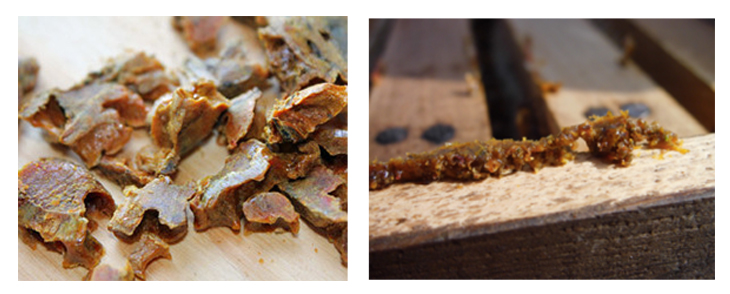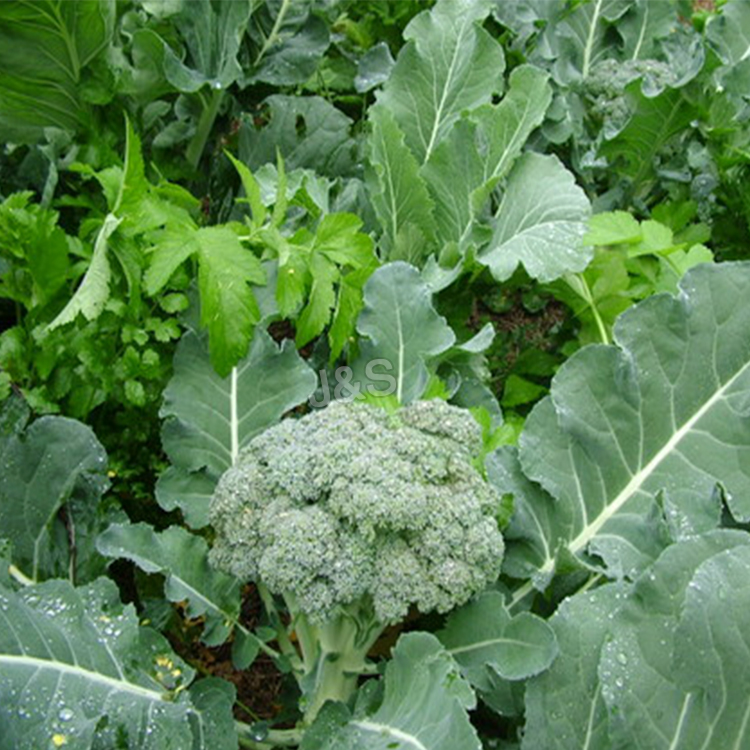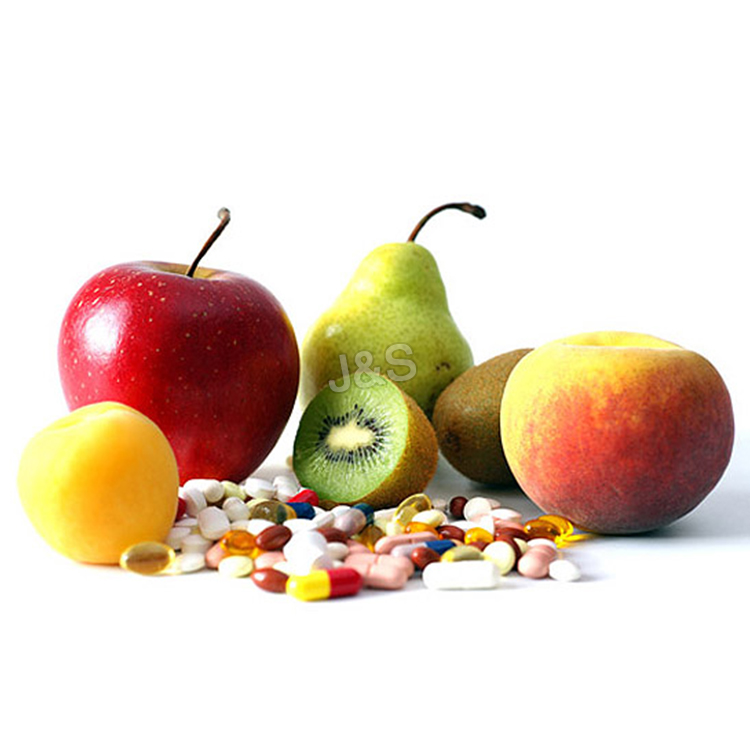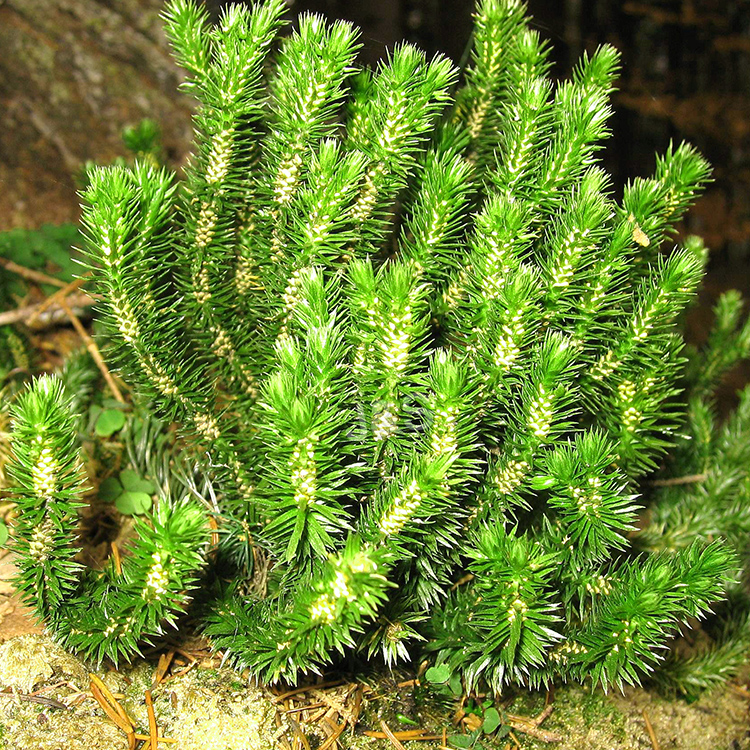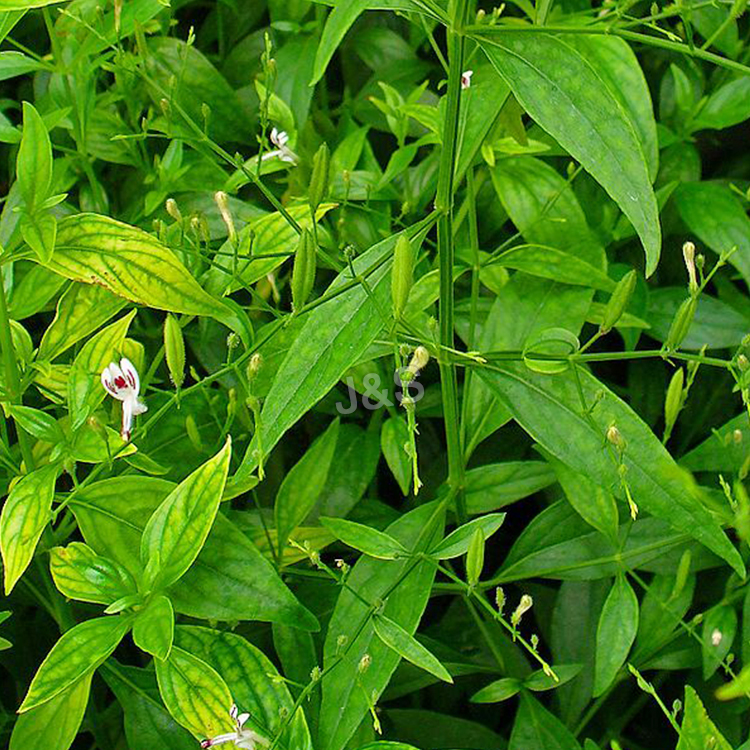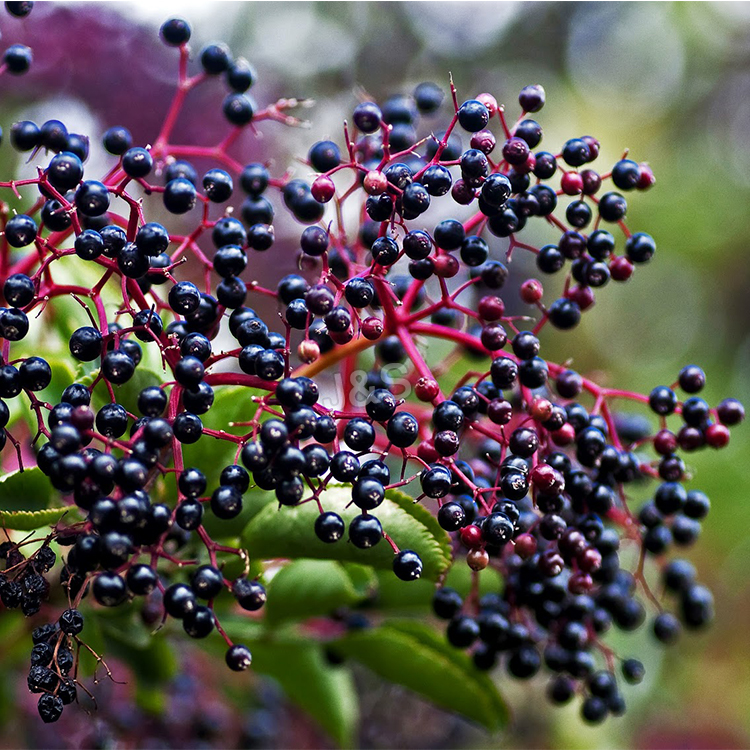Best quality and factory Propolis block Factory from Pakistan
Best quality and factory Propolis block Factory from Pakistan Detail:
[Products Name] Propolis block, pure propolis, raw propolis
[Specification] Propolis content 90%,95%
[Gerneral feature]
1. Low antibiotics
2. Low PAHs, can approve to 76/769/EEC/German:LMBG;
3.Organic certified by ECOCERT, according to EOS & NOP organic standard;
4.Pure natural propolis;
5.High content of flavones;
6.Low temperature extracted, retain high activity of all nutritions;
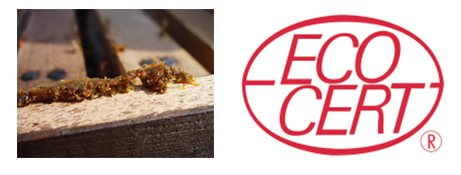
[Packaging]
1. 1kg/aluminum foil bag, 20kgs/carton.
[How to get it]
First, we collect raw propolis from beehives, then extract by low temperature with ethanol. Filter and concentrate, we get the pure propolis block at 90% to 95%.
[Introduction]
Propolis comes from the substance like natural resin, which is collected by the bees from exudates of plants branches and bud the chemical substances of Propolis are found to be various, such as beeswax, resin, incense lipids, aromatic oil, fat-soluble oils, pollen and other organic matter. Studies have shown that the source of propolis resin in material has three types: bees collected plants secreted fluid, secretion in vivo metabolism of bee, and involvement in the process of forming the material.
We can supply Propolis Extract with food-grade and medicine-grade .The raw materiall is came from non-polluting food grade propolis .Propolis extract was made of high-grade propolis. It maintains the propolis effective ingredients during the procedure of extraction under constant low temperature , taking off the useless substances and sterilization.
[Function]
Propolis is a natural product processed by bees mixed with glutinous and its secretion.
Propolis contains more than 20 kinds of useful flavonoids, rich vitamins, enzymes, amino acids and other microelements, etc. Propolis is called “purple gold” owing to its valued nutrients.
Propolis can remove free radical, lower blood sugar and blood fat, soften blood vessels, improve micro-circulation, enhance immunity, anti-bacteria and anti-cancer.
Product detail pictures:
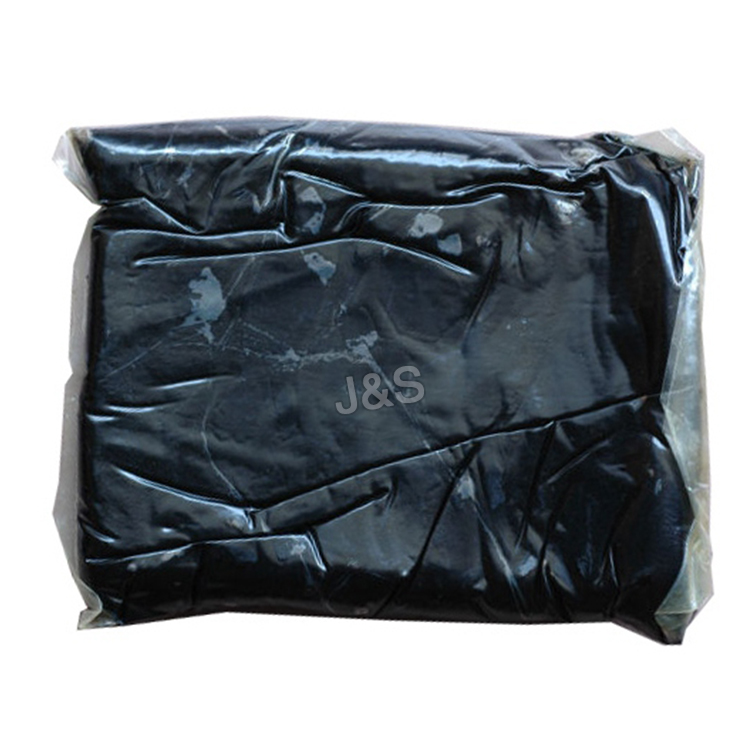
Related Product Guide:
Innovation, good quality and reliability are the core values of our enterprise. These principles today extra than ever form the basis of our success as an internationally active mid-size organization for Best quality and factory Propolis block Factory from Pakistan , The product will supply to all over the world, such as: Cairo, Milan, Cairo, Our company absorbs new ideas, strict quality control, a full range of service tracking, and adhere to make high-quality solutions. Our business aims to "honest and trustworthy, favorable price, customer first", so we won the trust of the majority of customers! If you are interested in our items and services, please do not hesitate to contact us!
ORDER PYCNOGENOL NOW!
PH MOBILE: +63943-540-4550
Pine Bark and Pycnogenol
LIKE US
https://www.facebook.com/pages/Super-Pycno-Philippines/588294147861461#
1. Contact me at kgahern@davincipress.com / Friend me on Facebook (kevin.g.ahern)
2. Download my free biochemistry book at https://biochem.science.oregonstate.edu/biochemistry-free-and-easy
3. Take my free iTunes U course at https://itunes.apple.com/us/course/biochemistry/id556410409
4. Check out my free book for pre-meds at https://biochem.science.oregonstate.edu/biochemistry-free-and-easy
5. Lecturio videos for medical students – https://www.lecturio.com/medical-courses/biochemistry.course
6. Course video channel at https://www.youtube.com/user/oharow/videos?view=1
7. Check out all of my free workshops at https://oregonstate.edu/dept/biochem/ahern/123.html
8. Check out my Metabolic Melodies at https://www.davincipress.com/
9. My courses can be taken for credit (wherever you live) via OSU’s ecampus. For details, see https://ecampus.oregonstate.edu/soc/ecatalog/ecourselist.htm?termcode=all&subject=BB
10. Course materials at https://oregonstate.edu/instruct/bb450
Carbohydrates Lecture II Highlights
1.Linking together of more than one sugar residues creates higher order saccharides – disaccharides, trisaccharides, oligosaccharides, and polysaccharides.
2. Most of the linkages in higher order saccharides involve glycosidic bonds.
3. Disaccharides include sucrose, lactose, and maltose.
4. Sucrose is a non-reducing sugar, whereas lactose is a reducing sugar.
5. Oligosaccharides are components of glycoproteins.
6. The most common polysaccharides include glycogen, cellulose, starch, chitin.
7. Polysaccharides can be homopolymers or heteropolymers. Homopolymers include glycogen, cellulose, amylose, amylopectin, and chitin.
8. Glycogen is an animal energy storage polysaccharide, amylopectin and amylose combine to form starch, which is a plant energy storage polysaccharide, cellulose is a plant structural polysaccharide, and chitin is a component of insect exoskeletons.
9. The enzyme cellulase is required to digest the beta 1-4 bonds of cellulose. Ruminants and ungulates contain the bacterium that makes that enzyme.
10. Glycosaminoglycans are polysaccharides that contain either N-acetylgalactosamine or N-acetylglucosamine. They are polyanionic and have interesting chemical properties. Examples include chondroitin sulfates and keratan sulfates of connective tissue, dermatan sulfates, heparin, hyaluronic acid, and others.
11. Proteoglycans are complexes of proteins and glycosaminoglycans that form feathery structures.
12. Glycoproteins consist of a protein linked to an oligosaccharide, usually via an ‘N’ or an ‘O’ linkage. N linkages occur through asparagine of the protein. O linkages occur across serine or threonine of the protein.
13. Oligosaccharides on proteins and lipids have functions in cellular identity and can be recognized and bound by immunoglobulins.
14. Oligosaccharides on the surface of cells help give them their identity. A,B, and O blood group antigens give rise to the various blood types and these arise from carbohydrates on their cell surfaces.
15. Transplanted organs suffer rejection when the new organ has a different oligosaccharide pattern than the organ the recipient originally had. This encourages the immune system to attack it as foreign.
16. All N-linked glycoproteins have the same core of five carbohydrate residues.
17. N-linked glycoproteins have glycosylation (addition of carbohydrate residues) occurring in the endoplamic reticulum and Golgi complex of the cell. O-linked glycoproteins have glycosylation occuring only in the Golgi complex.
18. Movement of modified proteins from the endoplasmic reticulum to the Golgi complex allows for additional carbohydrate modifications to occur, followed by targeting to 1) the cell membrane, 2) release from the cell, or 3) the lysosome.
19. Two terms that you should be aware of are Haworth structures and Fischer projections. Haworth structures refer to the ring forms of sugars. The straight chain forms are referred to as Fischer projections.
20. Oligosaccharides destined to be linked to proteins to make glycoproteins are “built” on dolichol phosphate on the outer portion of the endoplasmic reticulum and then this “flips” to the inside for attachment.
21. Specific carbohydrate residues on the surface glycoproteins of blood cells are binding targets for hemagluttanin proteins on the surface of flu viruses. To exit a cell, the virus must cleave the sialic acid off with a neuraminidase enzyme. Anti-flu drugs like tamiflu act by inhibiting the action of the neuraminidase.
Signaling Highlights
1. Signaling is essential for cells in multicellular organisms to communicate with each other.
2. To do so, cells use first messengers (usually hormones), such as epinephrine (adrenalin), insulin, or epidermal growth factor.
3. Upon binding to a specific receptor on a target cell, the first messenger elicits a response that results in production of a second messenger inside of the target cell. Second messengers include cAMP, cGMP, calcium, diacylglycerol, PIP3, and others.
Superb technology, perfect after-sales service and efficient work efficiency, we think this is our best choice.

